Very occasionally you come across a camera that won’t let you go. From whichever way you look at the Japanese Koni(ca) Rapid Omega, it intrigues and invites you to work and play with it and enjoy its extremely solid and cleverness design. You’ll have however to exercise your arm muscles, because the medium format beast weighs nearly 2 kg.
I was lucky to get the camera through a very reliable collector. The Koni Rapid Omega 100, 68 years old and in near perfect condition. Instantly in love with the true medium size rangefinder! And also with the popular 6×7 frame format, not the usual square 6×6. Just that little bit more that makes medium format so versatile for landscapes and portraits. A camera that is also not as bulky and heavy as the classic Pentax nor as mega large as the comparable Fujica’s of the time. What first stands out is the camera’s good grip. Almost square with a large handle on the left side. You put your hand safely through the strap and can carry the beast with a single hand. In front of your eyes, you use your right hand to focus the rangefinder. From about 50 cm to infinity. The clear rangefinder patch accurately guides you through the viewfinder, which also houses the framelines for the interchangeable 90, 135 and 180 mm lenses. There are also the 58 and 60 mm wide-angle lenses, but these come with a separate viewfinder.
There is a lot to be said about the many buttons on this camera, but the most eye-catching is the unique film wind and shutter cock system. This is done with a pull-out slider right below the camera. Pulling out and pushing back ensures that the film is transported from frame to frame and the shutter is cocked. This is done with extreme precision, but requires that the 120 film be inserted correctly from the start. That is, the arrows on the film roll are precisely aligned with the markings in the film back. From that moment on, the mechanism ‘measures’ the exact distances on the roll, from photo 1 to photo 10. It even takes into account the difference between the thickness differences of the full and the in the beginning, more empty take up reel. That is, the film transport slider adjusts itself to the amount of pressure needed to align the negative perfectly on the pressure plate in front of the lens. The slider does that by not going all the way back into the body as the frame numbers go up. Users report that no other camera holds the negative as well and as flat on a pressure plate as the Koni does. How exactly does this work. Normally you roll the film and you see either the numbering on the film or on a numbered dial of the camera itself. The Koni works with a green and red dot-to-dot marking that always goes up (*, **, ***) to ‘1’. At ‘load’ you can safely insert the film or remove it. After inserting correctly, pull the lever 4x to get from start to frame ‘1’. At the end of picture 10 the mechanism locks. Release the film transport by sliding the arrow knob on the back, hold it and stroke the lever again. You ll notice 3 red dots, on the following stroke 2 dots, next 1 dot and finally the word ‘load’. The film is now safely returned in the take up reel and can be unloaded. Fascinating!
There is also a Rapid Omega 200 and the only difference is the interchangeable 220 back for 20 shots. The back panel can be removed completely by turning the metal latch behind the plexiglass to the left (O). The Koni has several security mechanisms to eliminate duplicate shots or lock the shutter. The first is the dark slider that sits in the bottom of the back panel when the camera is in use. If you put the dark slide behind the front lens, the shutter is locked and, in addition, the lens can be changed while using a film roll. Second, the shutter release button can be rotated to a lock position that prevents the shutter from going off.
And that’s just the back and bottom of the camera, where, for convenience, there are two tripod connectors, 1/4″ and 3/8″. On the right side are the film transport lever and the large focus knob with markings for all the focal length (for the 58, 90, 135 and 180 mm lens) in feet. This is nice and stiff and allows very precise focusing in the rangefinder which is not sensitive to periodic calibration. Furthermore the rangefinder automatically adjusts for parallax when shooting from near distances. I have yet to read anywhere that the rangefinder of a Koni is off. Rarely. On the left side is the (adjustable!) large handgrip with strap lugs. The grip has cutouts for the fingers making it very firm to hold the camera. There is also a lug for a cable release that can be connected directly to the shutter button.
On top of the camera, no less than three cold shoes can connect to all kinds of accessories, such as an exposure meter or flash. The camera itself is completely manual and battery-free, so there is also no exposure meter available. The beautiful front view of the camera reveals the lens mount, which can be operated with a single safety knob. So no turning, but taking off the lens. To do this, however, the darkslide must first be placed behind the lens. The camera can be cleaned from the inside at any time and the seals can be replaced from time to time with ease. On top of the lens is the Flash table indicating the guide number of the flash range. But these values are uniformed for the flash units available at the time. It assumes an ISO 100 film where the ‘output’ of the flash is divided by 4 for the correct flash range. A line can then be drawn on the display depending on the lens. Convenient it is not. But, fortunately, modern automatic or manual flashes can be used because the flash times are synchronized in the shutter. At the flash contact on the lens is a small slide that can be shifted with a pen or pencil from X (synchronized flash) to M(manual). It is better to use the flash settings to measure the amount of flash given the distance and ISO sensitivity of the film roll.
The camera has no central shutter, it is located in the lens and changes with each lens. For the standard 90 mm Super Omegon, this means shutter speeds ranging from 1/500 to bulb. The five-blade aperture has a wide range, from F3.5 to even F32. The lenses are of exceptionally high quality and sharp. A retractable sun visor is built in on which a DOF table can also be read. Unfortunately, there are not many Koni Omega cameras left in circulation. The search for this beautiful, but rare camera will be a difficult one. Only in the US and Japan do we still see them. The prices are remarkably low. Why is a mystery, considering that the quality is comparable to that of the much more expensive Pentax 67 or a Hasselblad. The Rapid is a special combination of a rangefinder and medium format camera especially because of its unique and superfast film transport. It has a quiet shutter. It is firm and beautiful to watch and use. If all other vintage cameras have long failed, chances are the Koni Rapid Omega will still do the trick. A must have.


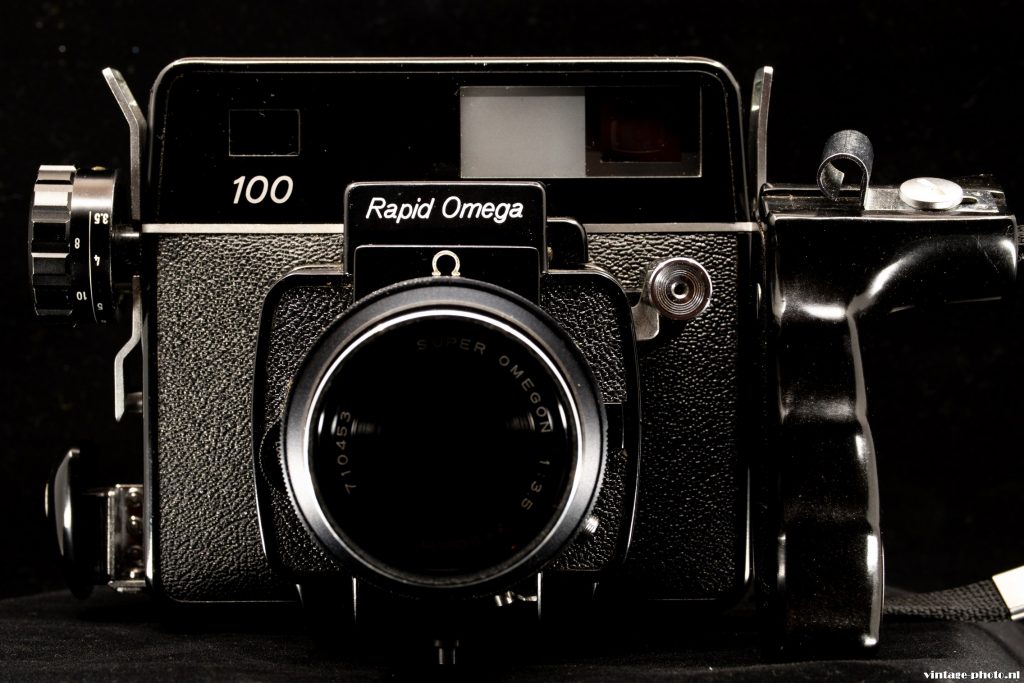
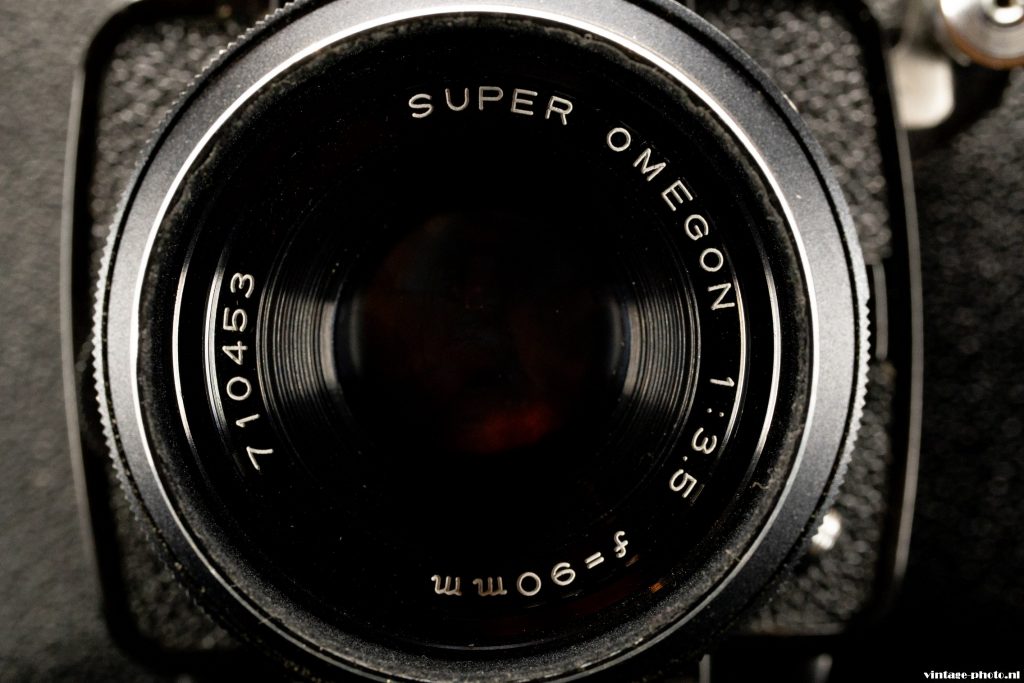
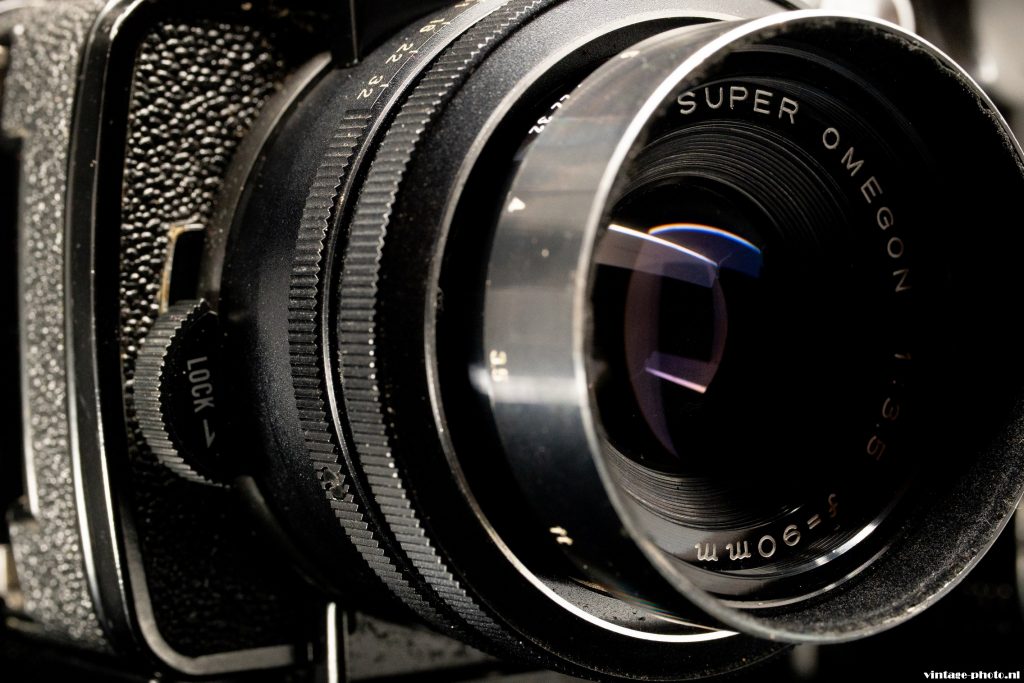
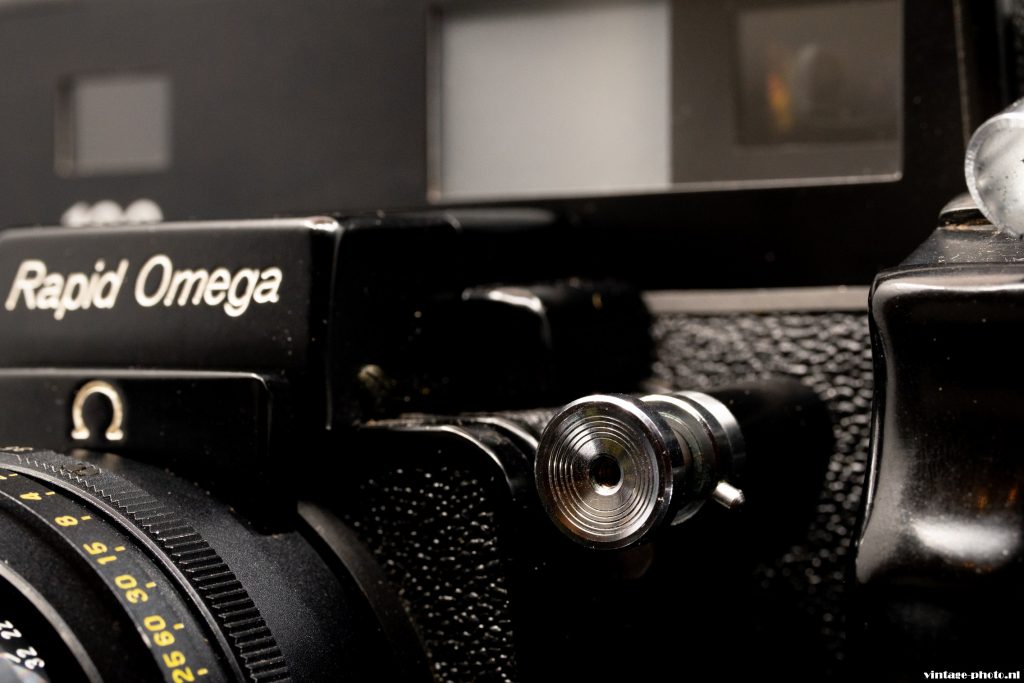
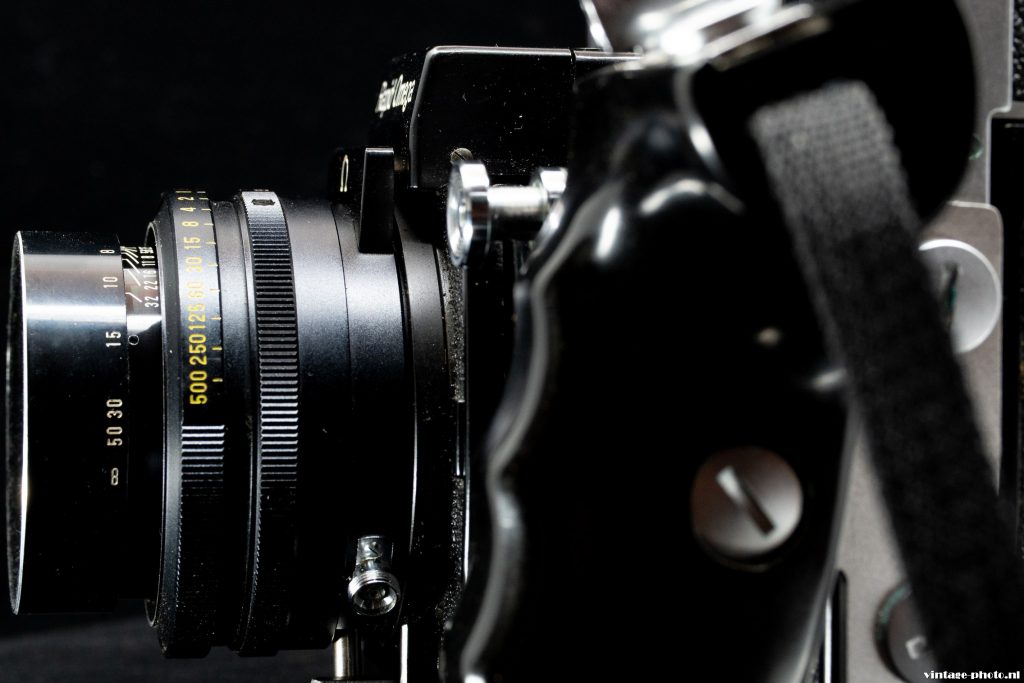
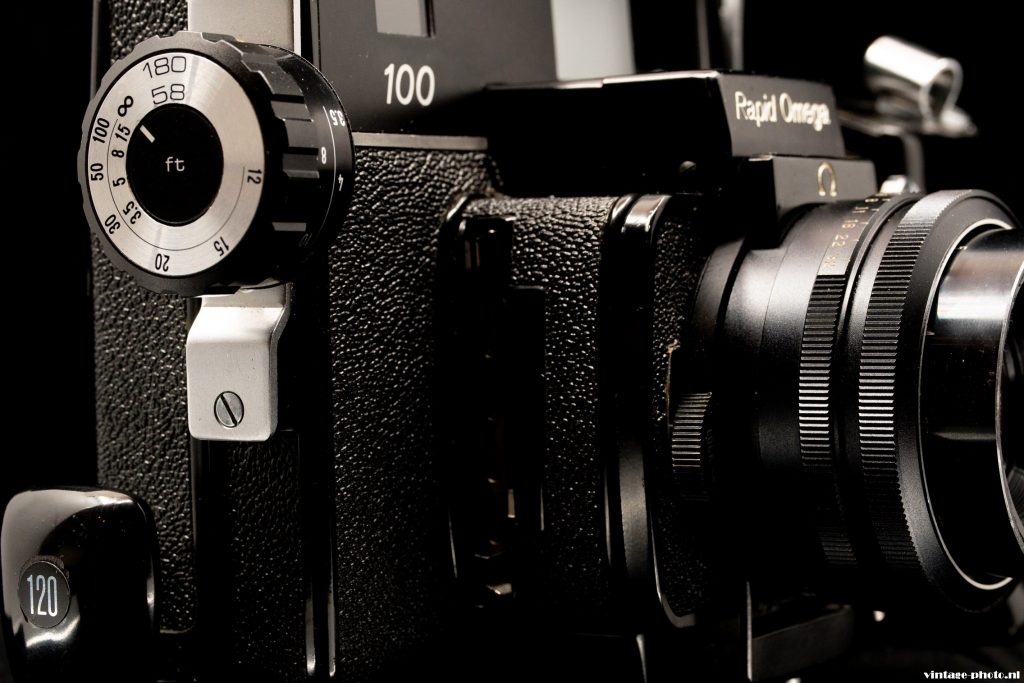
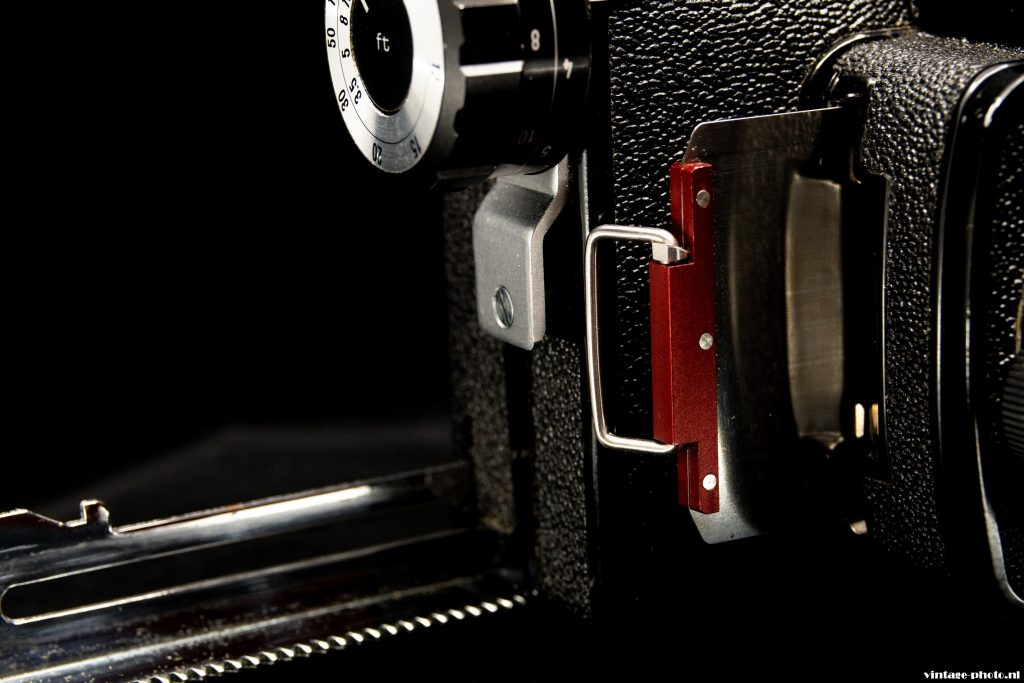
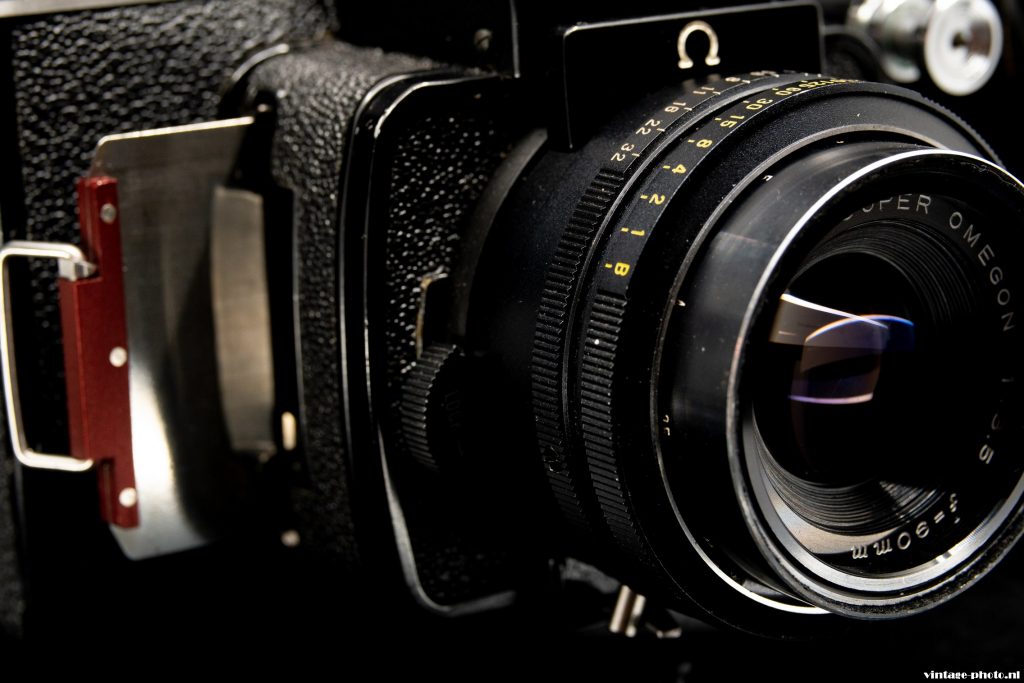
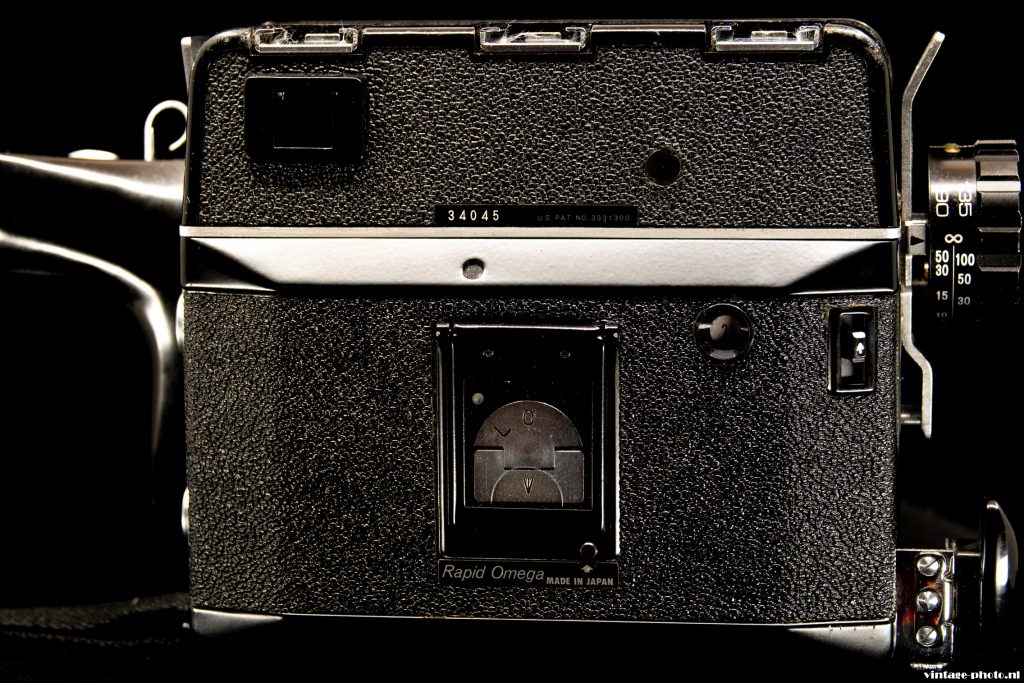
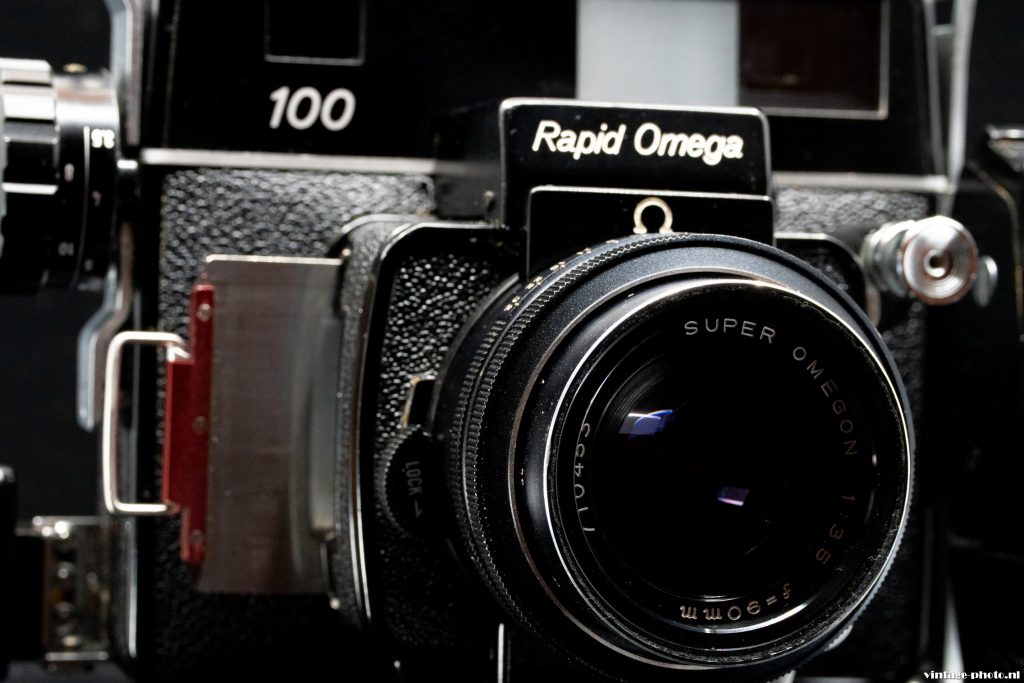
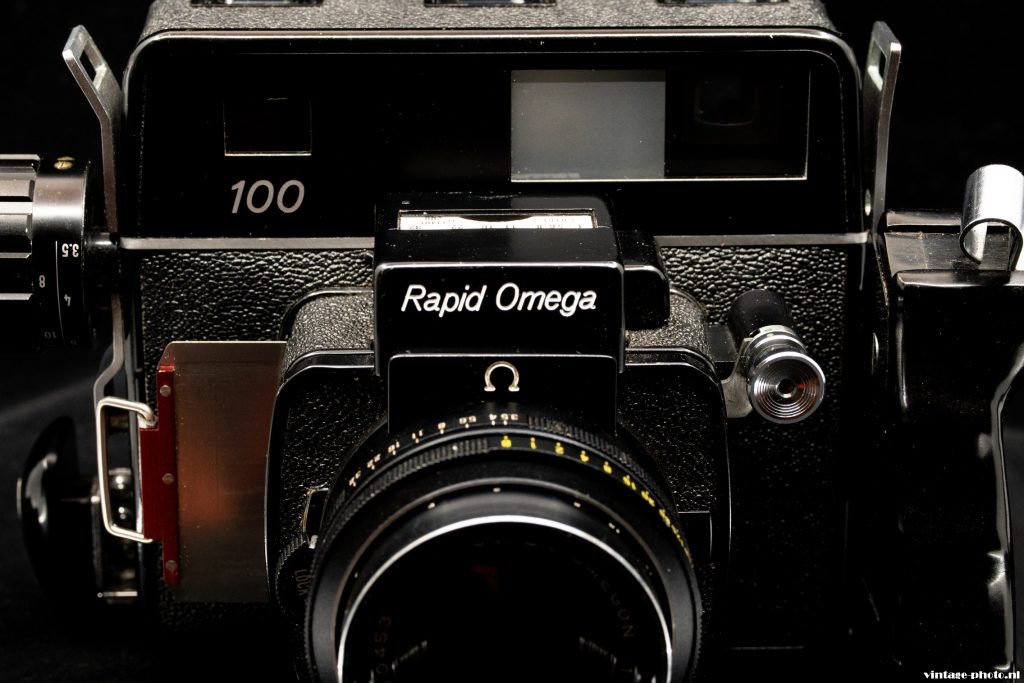
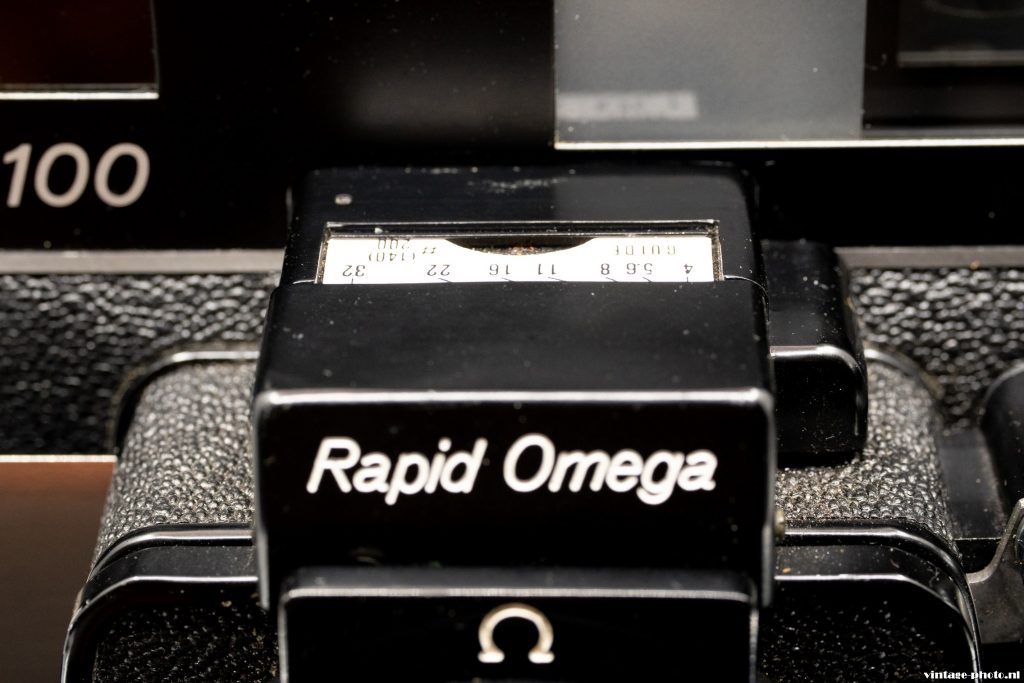
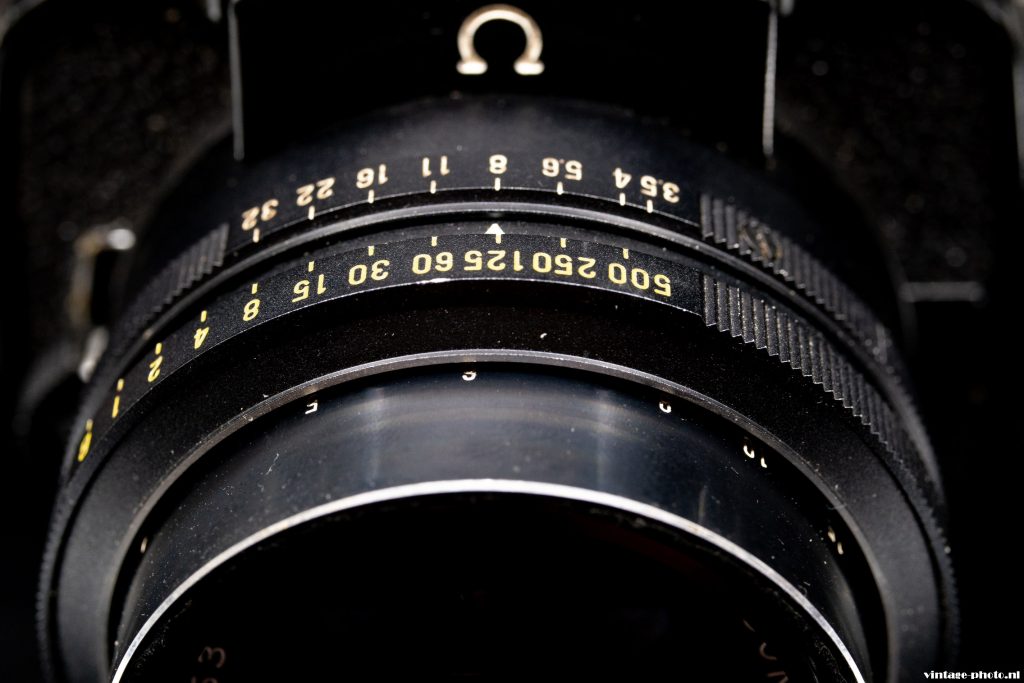
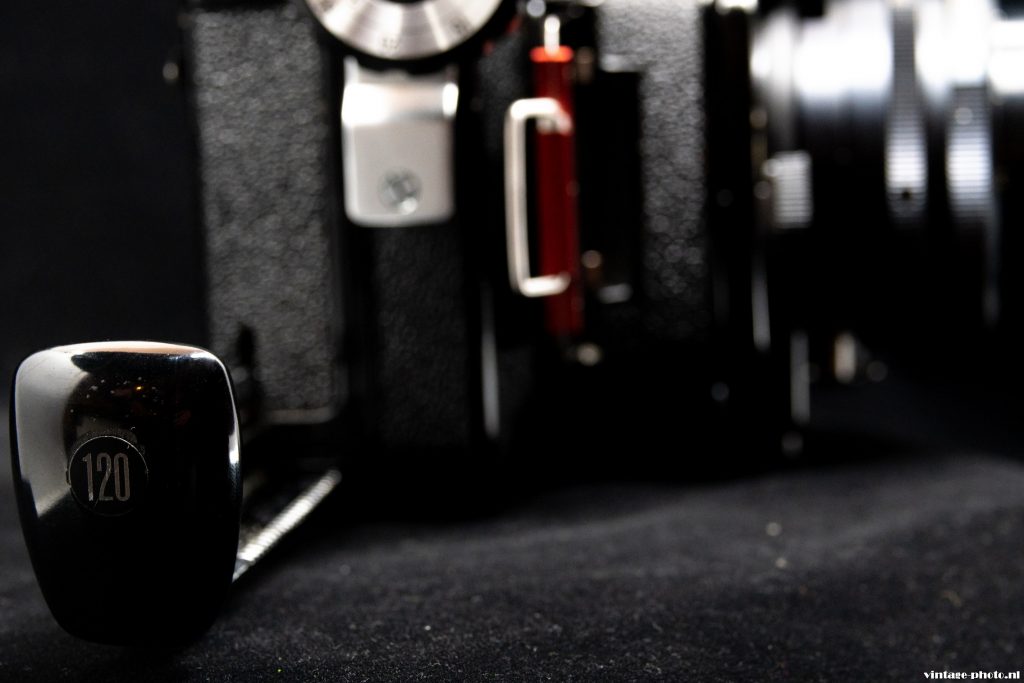
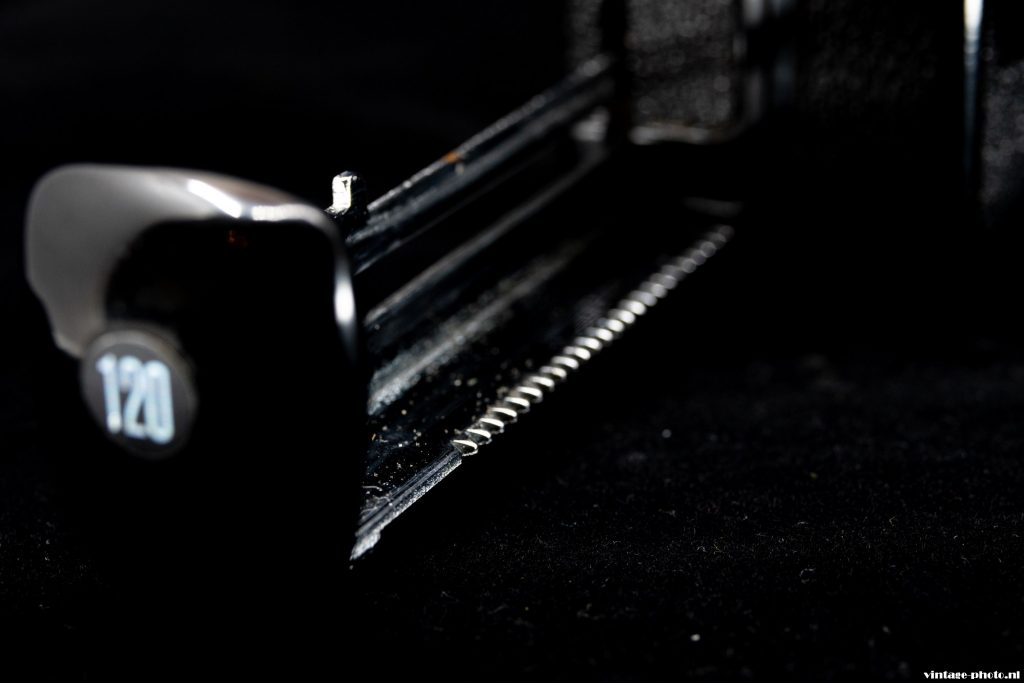
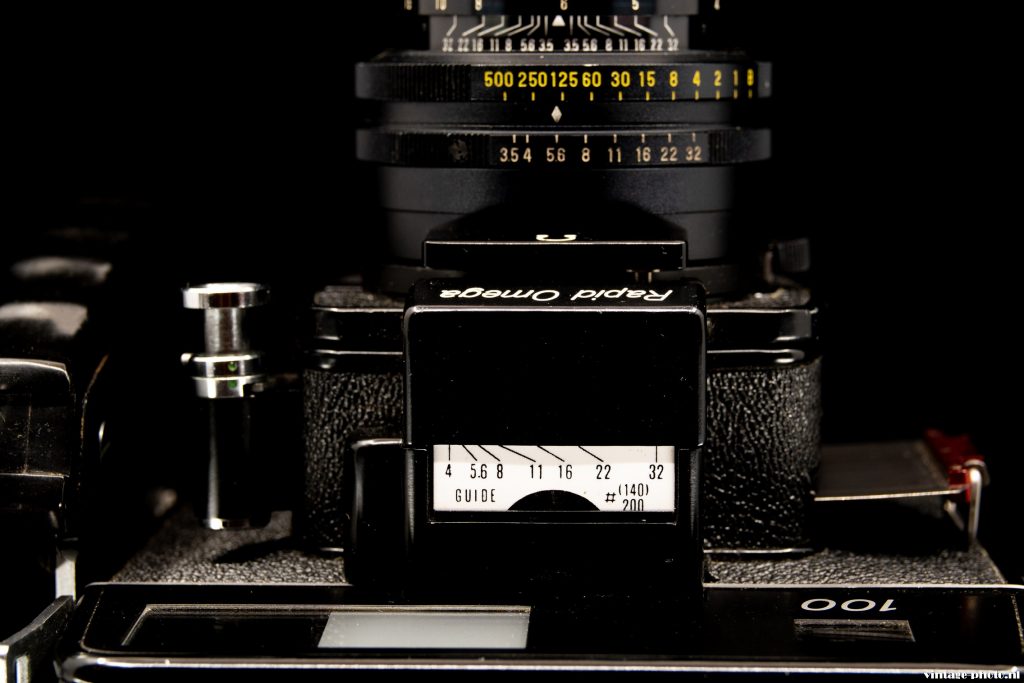
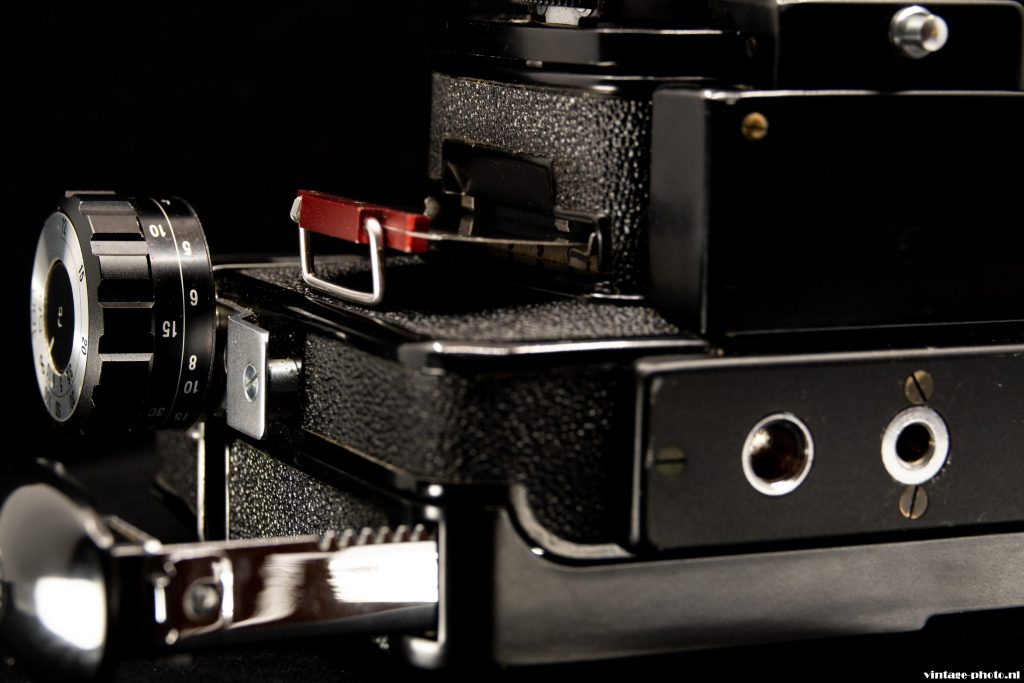
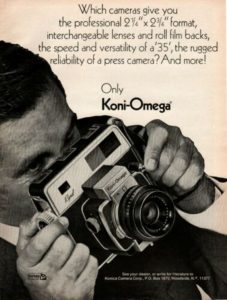
Hi, do you know where to get a factory lens mount internal gasket? Thanks, Stephen Gill.